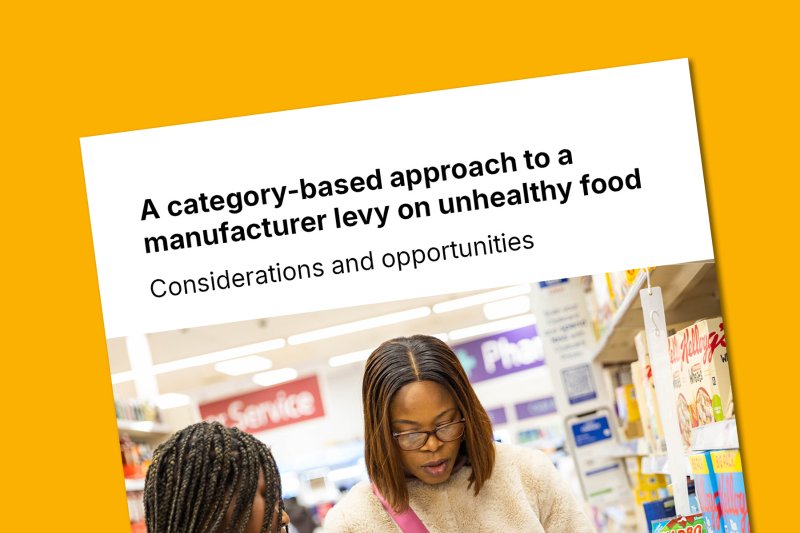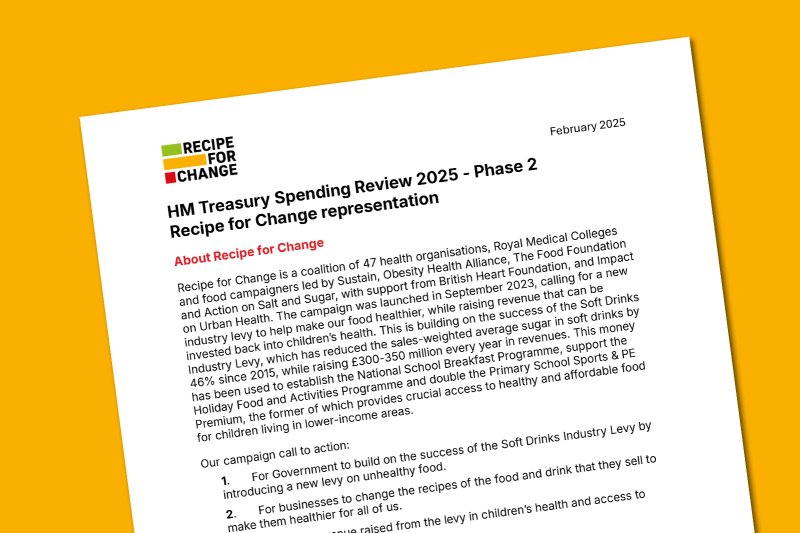News
Young people shocked at levels of sugar and salt in everyday food
What happened when a group of teens got together to see if they could taste the difference between snacks with different levels of salt and sugar? New Recipe for Change video reveals food companies could reduce unhealthy ingredients without impacting taste preferences.
Young people have expressed their shock at the high levels of sugar and salt in everyday snacks, in a new video for the Recipe for Change campaign coordinated by Sustain, The Food Foundation and Obesity Health Alliance.
The group took part in a taste test experiment trying a range of products, including cakes, crisps and nuts; for each round they tried similar versions of each food but with varying levels of salt and sugar. The participants had to guess which ones were the highest and lowest sugar and salt options, as well as vote on their favourites.
The results saw them frequently guessing the lowest sugar and salt options correctly, but regularly mixing up the medium and high level versions, sometimes proclaiming that it must be a trick question.
Preferences varied across the products but very often saw the teens choosing the medium-sugar and salt options over the high level versions, an indication that these products have scope to reduce their unhealthy ingredients without impacting taste preferences.
When the ingredients were revealed the young people were also shocked at the high levels of sugar and salt in them and expressed their desire to have more information about the products being marketed to them to help them make informed choices.
This video builds on the Recipe for Change report Incentivising Reformulation which uncovered huge variations in salt and sugar levels of similar products. It’s clear from the wide range that many companies can do much more to make their recipes healthier, but without incentivisation or regulation this isn't happening.
Drawing on new product analysis, the report explored several key food categories and shows the wide variation in salt and sugar levels within them, demonstrating the potential for further reformulation. It highlights the slow progress made in the UK's voluntary salt and sugar reformulation programmes and points to the success of the Soft Drinks Industry Levy (SDIL), which has led to meaningful reformulation in soft drinks. It argues for extending the SDIL to food as a way to encourage faster reformulation, support healthier diets, and improve public health.
More here on the Recipe for Change campaign
Published 27 May 2025















